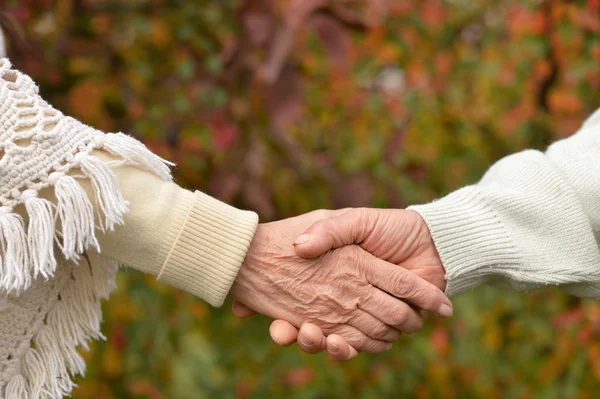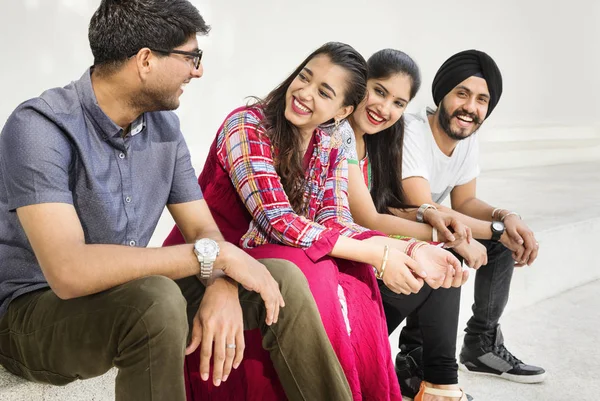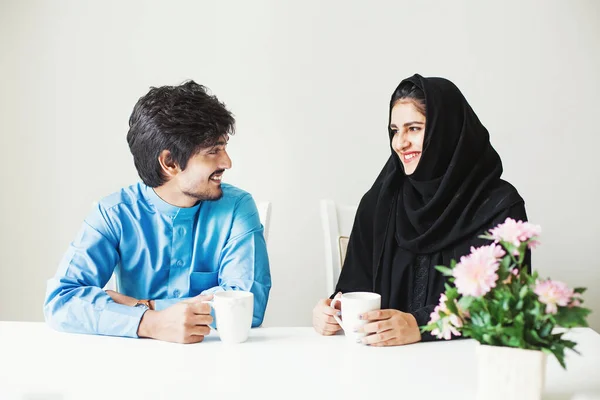India doesn’t ask visitors to be perfect—it just asks for awareness. In a place where ancient traditions still shape modern life, the way you speak, gesture, and behave carries real weight. Manners aren’t stiff rules here—they’re social signals woven into everyday life.
Understanding them doesn’t just help you avoid awkward moments—it builds a kind of mutual respect that opens doors, softens crowds, and invites the occasional smile from a stranger. Here’s a list of 16 manners that’ll help you move through India with grace and good sense.
Greet with a Simple ‘Namaste’

There’s no need to reach out your hand—in India, people often greet with palms pressed together and a nod. It’s respectful, calm, and requires no contact, which locals often prefer.
Elders especially appreciate it, and in religious or rural spaces, it’s the go-to gesture. No big bow or flourish—just quiet acknowledgment. It says you’re present, and that you’re paying attention.
Use Your Right Hand

The right hand is for giving, receiving, and eating—full stop. The left has other duties, and using it for shared food or handshakes can offend, even if unintentional. You’ll notice locals switching hands mid-gesture if needed.
It’s less about hygiene, more about symbolism. Keep your right hand ready, and you’ll blend in without fuss.
Like Travel Pug’s content? Follow us on MSN.
Shoes Off, No Exceptions

Before stepping into someone’s home, a temple, or even some shops, pause and look down. If there’s a line of shoes at the door, yours should join them. Walking in with footwear on is more than just dirty—it’s disrespectful.
People keep their floors sacred, especially in spiritual or family spaces. No one needs a reminder; the shoes by the door say it all.
Respect Comes with Age

You’ll see it on the streets, in homes, in how people talk—elders are given the floor. Whether it’s a subtle nod or full silence while they speak, respect is built into every exchange.
You might not know the right terms, but tone matters more. Speak gently, avoid interrupting, and you’ll be remembered—for the right reasons.
Dress Like You Know Where You Are

India isn’t asking for head-to-toe coverage, but skimpy clothes stand out in the wrong way—especially outside the big cities. Shoulders covered, knees too—it’s not strict, just thoughtful.
In temples or small towns, people notice what you’re wearing before you say a word. Loose, light fabrics work best anyway—and show you’re tuned into the setting.
Like Travel Pug’s content? Follow us on MSN.
Skip the PDA

In the middle of a crowded train, two men might be holding hands—but they’re friends, not a couple. Meanwhile, a tourist couple sharing a kiss can turn heads instantly—and not in a good way.
In public, affection is quiet, private. Urban areas might be relaxed, but discretion is still the norm. If in doubt, save it for indoors.
Eating with Your Hands Isn’t a Trick—It’s Tradition

Don’t overthink it—just use your fingertips and keep your left hand out of the way. In many homes and smaller restaurants, food is served to be eaten by hand. It’s not messy—it’s cultural.
Watch how locals do it—neatly, with purpose. When in India, getting a little rice on your fingers isn’t a mistake—it’s part of the meal.
Mind Where Your Feet Point

Feet aren’t just feet here—they’re the lowest part of the body, and pointing them at someone or a sacred space is a quiet insult. Sit cross-legged if you’re on the floor, but tuck your feet in.
Step carefully in temples, and never touch someone with your foot—it’s considered crude. If it happens by accident, a quick apology usually smooths things over.
Like Travel Pug’s content? Follow us on MSN.
Ask Before Snapping Photos of People

Markets, rituals, even weddings—they’re vibrant and photogenic. But pointing your camera at people without asking is the fastest way to kill the moment.
Some might smile and wave you in, others won’t. A small gesture—a nod, a raised eyebrow—is often all it takes. People aren’t props—they’re people.
Learn a Few Local Words

You don’t need a full Hindi vocabulary, but even a couple of words—‘dhanyavaad’ (thank you), ‘namaste’, or ‘bhaiya’ (brother)—make a difference. It shows effort, not fluency.
Locals respond well to someone trying, even clumsily. It’s not about speaking perfectly—it’s about showing you care enough to try.
Tone Down the Volume

Markets are noisy, yes—but inside a train, a temple, or someone’s home, shouting across the room stands out fast. Volume carries weight in India. Calm speech is often read as respectful and educated, especially around elders.
Save the loud laughs and big reactions for open spaces.
Like Travel Pug’s content? Follow us on MSN.
Criticism Should Be Soft, Not Sharp

If your food’s too spicy or your taxi driver takes the long way, don’t launch into complaints. Locals rarely confront problems head-on—they circle them, smile, and nudge things toward a fix.
That’s how things get done here. Firm but gentle works better than loud and direct.
Keep Hands Off Heads

Even a friendly pat on a child’s head can trigger an awkward reaction—especially in spiritual settings. The head is seen as sacred, especially among Hindus and Buddhists.
Touching someone’s head, even lightly, breaks a boundary. It’s not a hard rule, but a subtle one that carries weight.
Wait Your Turn, Even If Others Don’t

Lines can get chaotic, but skipping one will still earn glares, especially at banks, stations, or government offices—patience matters. Tourists who cut to the front might get away with it—but not without judgment.
Join the line, hold your spot, and stay cool—it’s noticed.
Like Travel Pug’s content? Follow us on MSN.
Follow the Ritual Flow

At temples, you’ll often see signs about what to wear, where to stand, and what to do. Watch the locals first. Cover your head if others do, don’t point your feet at the altar, and walk barefoot where required.
You don’t have to be religious—just respectful. No one expects you to get it all right, but they appreciate it when you try.
Disagreements Don’t Need Volume

If something goes wrong—a taxi mix-up, a restaurant delay—resist the urge to get loud. Calmness is strength here. Locals respect quiet control more than raised voices.
A composed tone gets results faster than flustered shouting. Conflict, when handled well, often turns into cooperation.
Knowing the Mood of the Room

India rewards awareness—not perfection. People here don’t expect tourists to be experts, but they appreciate it when visitors adjust their pace, lower their voice, or greet with a nod. The social rhythm might feel unfamiliar at first, yet once you sync with it, the whole country feels a bit more open.
Most locals are happy to guide you—if you show that you’re willing to meet them halfway. Understanding manners isn’t just about etiquette—it’s about respect that speaks without words.
Like Travel Pug’s content? Follow us on MSN.
More from Travel Pug

- 20 Best Beach Towns in the Carolinas
- 13 Destinations Where Tourists Regularly Regret Their Trip
- 20 Things You Actually Get in First Class
- 20 Small Airports With Aviation Museums
- 20 Places in the U.S. That Are Perfect for a Reset Trip
Like Travel Pug’s content? Follow us on MSN.
